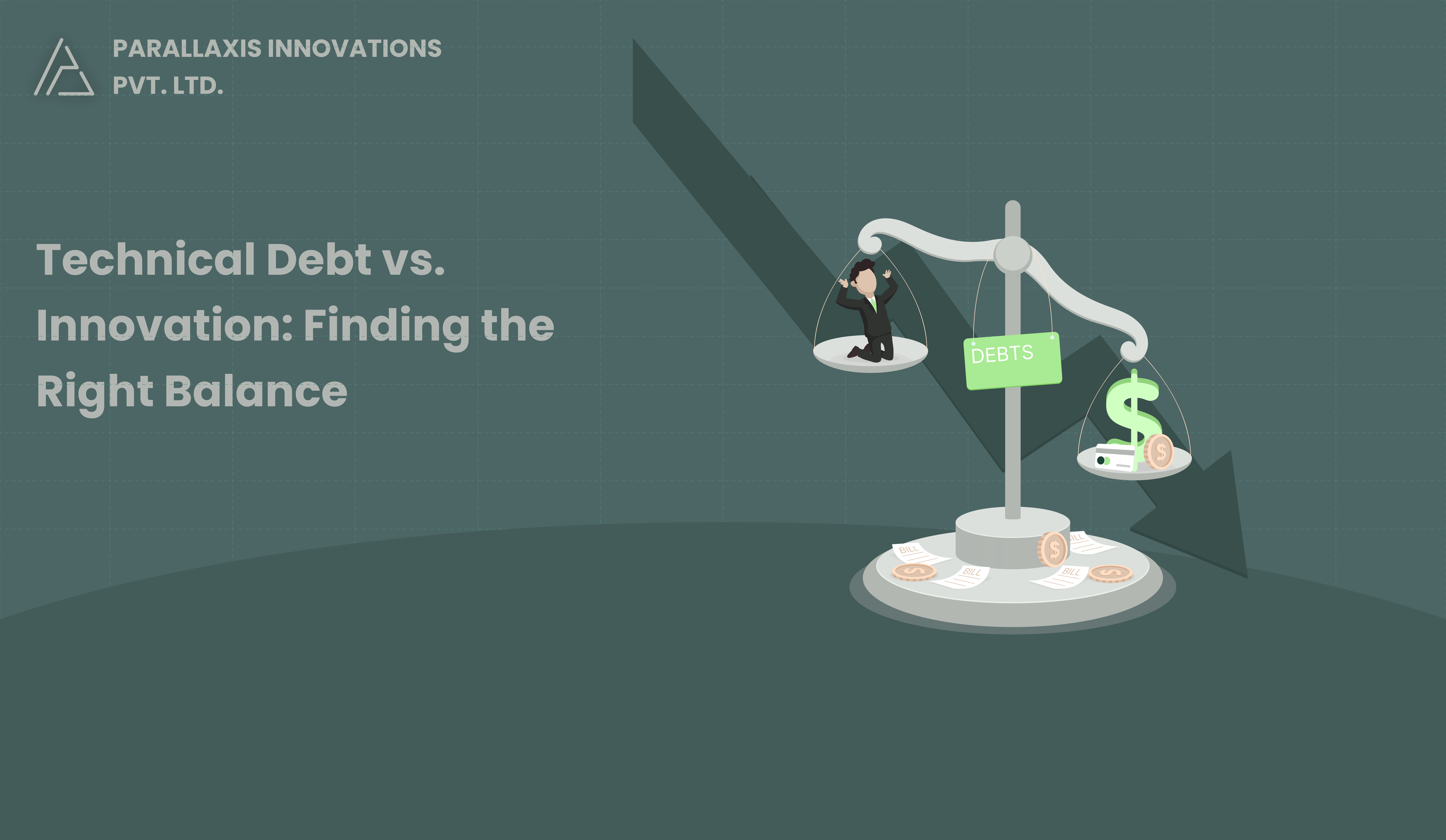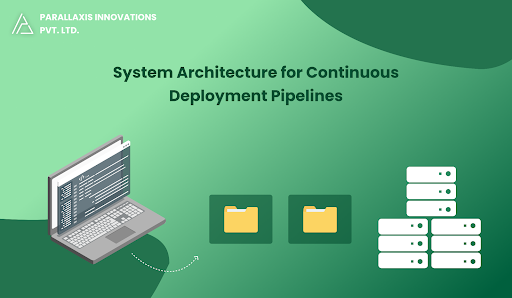In the fast-paced world of software development, organisations often face a critical dilemma: how to balance the need for innovation with the necessity of managing technical debt. While innovation drives growth and keeps businesses competitive, technical debt can accumulate when shortcuts are taken in the development process. This blog post explores the relationship between technical debt and innovation, the challenges of finding the right balance, and strategies for achieving both.
Understanding Technical Debt
Technical debt refers to the trade-offs made during software development when teams prioritise speed and immediate results over long-term quality and maintainability. It can manifest in various forms, including poorly written code, outdated technologies, lack of documentation, and insufficient testing. While technical debt may provide short-term benefits, it can lead to long-term consequences, such as increased maintenance costs, reduced productivity, and a decline in code quality.
The Importance of Innovation
Innovation is essential for businesses to stay competitive in today’s rapidly changing market. It involves developing new products, features, and services that meet customer needs and drive growth. Innovation can take many forms, including
- New Features: Adding functionality that enhances user experience and meets market demands.
- Process Improvements: Streamlining workflows and development processes to increase efficiency.
- Adoption of New Technologies: Leveraging emerging technologies to create cutting-edge solutions.
While innovation is crucial for success, it often requires resources, time, and a focus on quality—elements that can be compromised when technical debt is allowed to accumulate.
The Challenge of Balancing Technical Debt and Innovation
Finding the right balance between managing technical debt and fostering innovation can be challenging for organisations. Here are some common challenges teams face:
- Competing Priorities:
- Development teams often face pressure to deliver new features quickly to meet market demands. This urgency can lead to shortcuts that accumulate technical debt, ultimately hindering future innovation.
- Short-Term vs. Long-Term Thinking:
- Organisations may prioritise short-term gains from quick fixes over long-term investments in code quality and maintainability. This mindset can create a cycle of accumulating technical debt that stifles innovation.
- Resource Constraints:
- Limited resources can make it difficult for teams to allocate time and effort to address technical debt while also pursuing innovative projects. This can lead to a reactive approach to technical debt management.
- Cultural Resistance:
- In some organisations, there may be a cultural resistance to addressing technical debt. Teams may feel that focusing on innovation is more valuable than investing time in refactoring or improving code quality.
Strategies for Achieving Balance
To successfully balance technical debt and innovation, organisations can implement several strategies:
- Prioritise Technical Debt Management:
- Recognise that managing technical debt is essential for enabling innovation. Allocate time in your development cycle for addressing technical debt, and prioritise it alongside new feature development.
- Adopt Agile Methodologies:
- Agile methodologies promote iterative development and continuous improvement. By incorporating regular reviews and retrospectives, teams can identify and address technical debt while still focusing on delivering new features.
- Implement a Technical Debt Register:
- Maintain a centralised document or tool to track instances of technical debt. This register can help teams prioritise and manage technical debt effectively, ensuring that it does not hinder innovation.
- Foster a Culture of Quality:
- Encourage a culture that values quality and long-term thinking. Emphasise the importance of writing clean, maintainable code and conducting thorough testing to reduce the likelihood of accumulating technical debt.
- Invest in Training and Development:
- Provide training and resources to help developers understand the implications of technical debt and the importance of quality. Empowering your team with knowledge can lead to better decision-making and a more proactive approach to managing technical debt.
- Communicate with Stakeholders:
- Keep stakeholders informed about the implications of technical debt and the need for investment in quality improvements. By communicating the risks associated with technical debt, you can secure buy-in for initiatives aimed at reducing it.
- Balance Short-Term and Long-Term Goals:
- Strive to find a balance between short-term goals (such as delivering new features) and long-term goals (such as maintaining code quality). This may involve making strategic decisions about when to prioritise innovation and when to address technical debt.
Conclusion
Balancing technical debt and innovation is a critical challenge for software development teams. While innovation is essential for growth and competitiveness, allowing technical debt to accumulate can hinder progress and lead to long-term consequences. By prioritising technical debt management, fostering a culture of quality, and implementing effective strategies, organisations can achieve the right balance between innovation and maintainability.
Ultimately, addressing technical debt is not just about fixing problems; it’s about creating a sustainable development process that allows teams to innovate and grow without being hindered by the weight of past decisions. By finding the right balance, organisations can position themselves for success in an ever-evolving digital landscape.



